The beauty of harvest festival in Poland Posted by Kasia on Aug 30, 2019 in Culture
Dożynki harvest festival celebrations take place all over Poland from mid August to early September every year. The festival is a like a reward for hard labor in the fields.
The holiday was initially associated with the pagan Slavic cult of plants, trees and agriculture. In Poland the tradition dates back to the 16th century or even earlier. The celebration was organized by great landowners and rich farmers who hired people for harvest. The purpose was to celebrate the harvest and reward the reapers when they finished their job.
The harvest ceremony began with the weaving of harvest wreath from last ears of corn left to remain in the field for some time, to make the current year’s good crops be repeated in the following year. A harvest wreath, usually in the shape of a big crown or wheel, decorated with apples, walnuts, any fruit, flowers and ribbons, symbolized all the fruits from the earth. It was called plon (harvest).
The wreath was carried by the best woman harvester worn as a headpiece or in her hands. Nowadays, these wreath are getting bigger and bigger though!
That person was followed by a procession, all dressed in beautiful Sunday clothes. They would carry their tools: scythes (kosy), sickles (sierpy) and rakes (grabie) decorated with flowers.
Everyone was singing the song telling about their toil and the harvest. They also asked for good crops in the following year.
Plon niesiemy, plon, w gospodarza dom
Aby dobrze planowało
Po sto korcy z ziarna dało,
Plon niesiemy plon
Carry harvest’s yield, to squire from the field
May the harvest give it’s bounty
Biggest crop yields in the county,
Carry harvest’s yield.
(translation from Polish – American Journal)
In Poland, where the tradition survived to modern times, the feast and accompanying rituals are known under a variety of names depending on the region. The prevalent term is dożynki, but wyżynki, obrzynki, wieniec, wieńcowe, żniwniok or okrężne are also used in some areas. The name came from the major symbol of harvest – the wreath. Also, okrężne means circular from circling fields after collecting all the crops.
Festival is still celebrated in modern Poland, although its form has now changed a little. The festival is still celebrated with a colorful parade of people. They wear beautiful regional costumes, carrying a wreath and a loaf of bread baked from the current year’s crops. A lot of times there is a contest for the most beautiful wreath in the village. On the top of it all, there are picnics and fairs, farming exhibitions and performances.
If you ever have a chance to be a part of this beautiful festival in Poland, I highly recommend it!
Here are some wonderful pictures of Dożynki in the village I grew up! My friends took these amazing photos and I hope you enjoy them:)
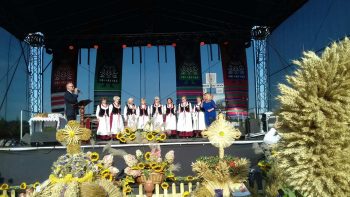
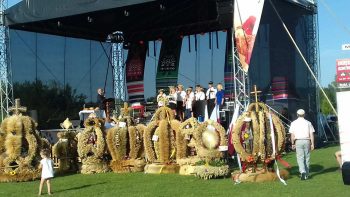
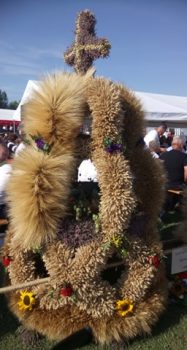
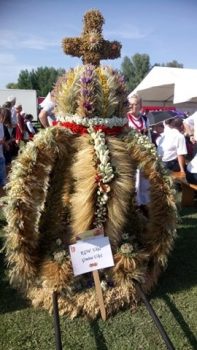
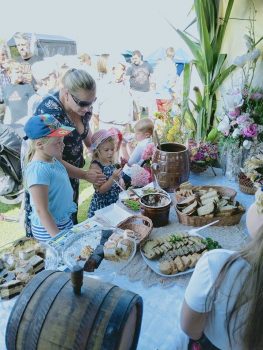
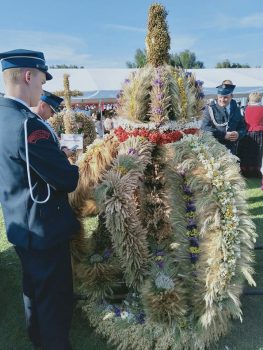
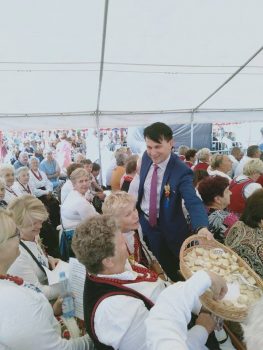
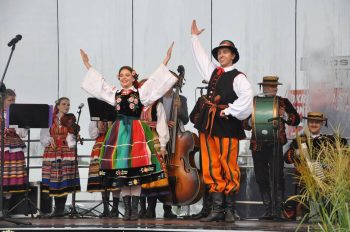
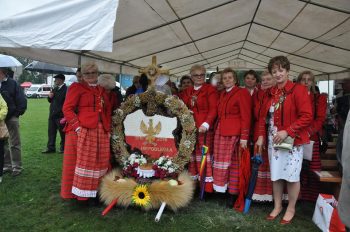

Build vocabulary, practice pronunciation, and more with Transparent Language Online. Available anytime, anywhere, on any device.




Comments:
Raymond Grodnicki:
I am second generation Pole. My neighborhood was Polish, however few Polish stores. I attended a Polish grammar school, and attended Polish church, St. Hedwig’s. However I have learned more about my Polish heritage from these newsletters. Keep them coming.